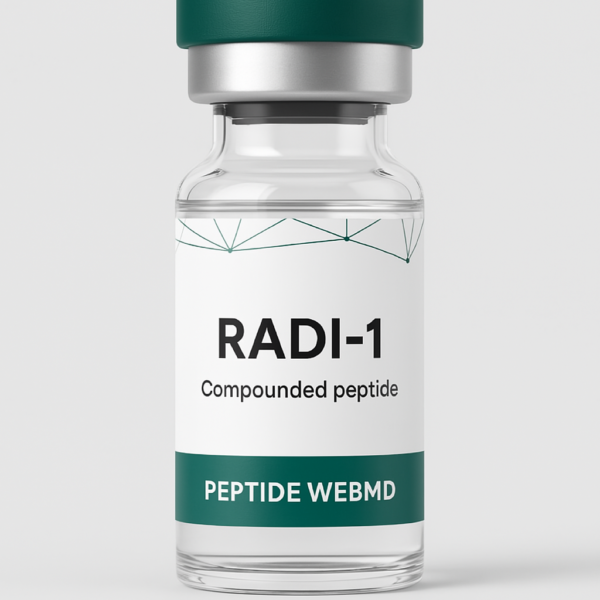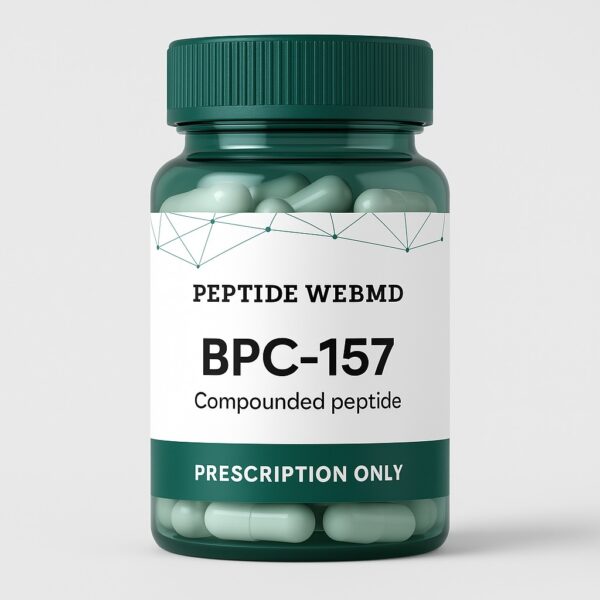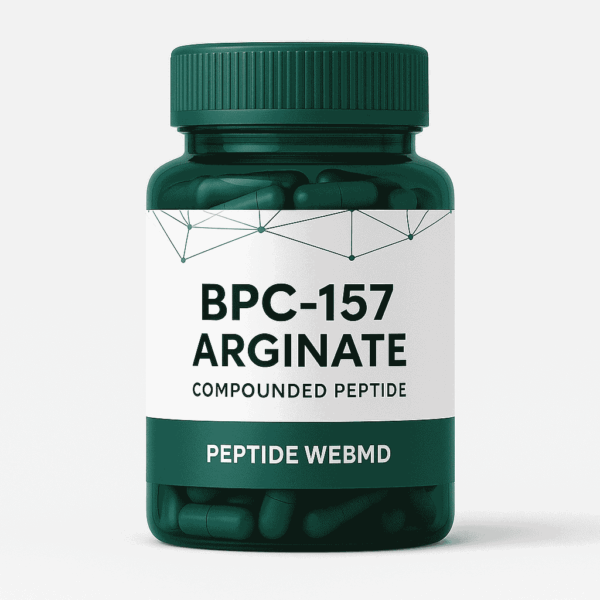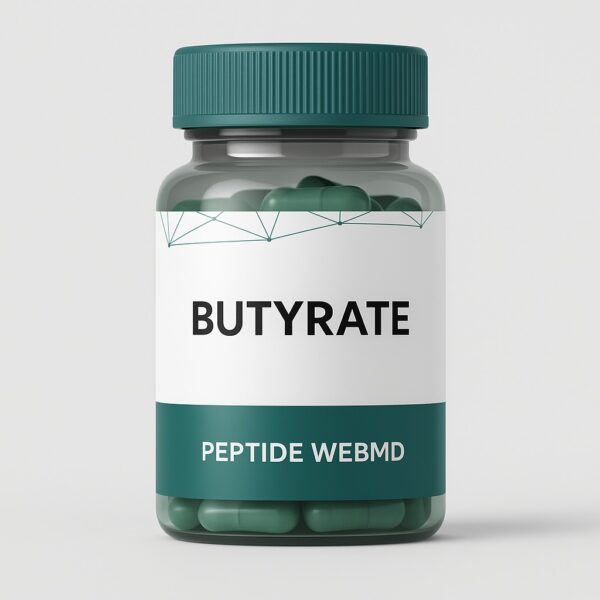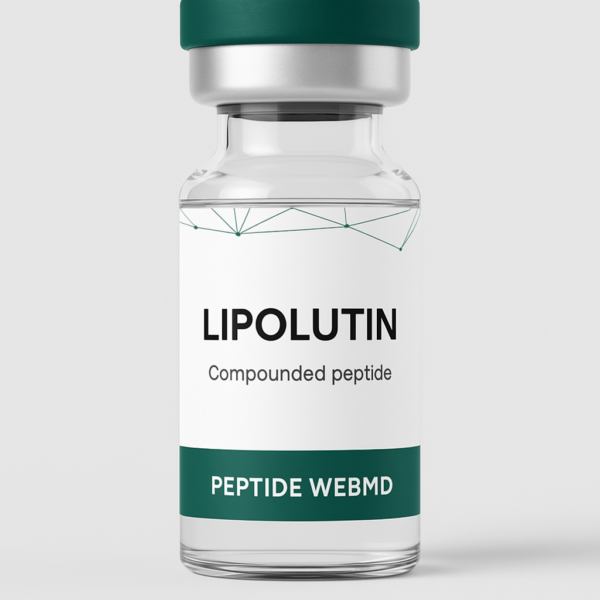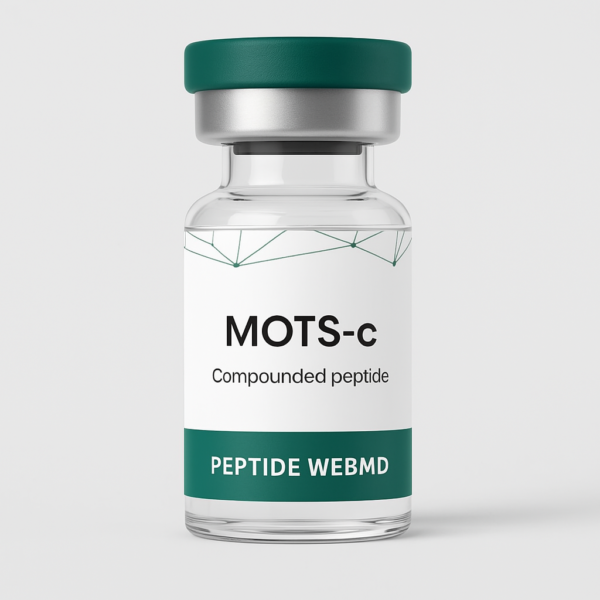Retratrutide
$676.00
Retratrutide is a novel investigational peptide that functions as a multi-receptor agonist, targeting GLP-1, GIP, and glucagon receptors. It is currently being researched for its remarkable effects on weight loss, appetite suppression, glucose regulation, and metabolic health. Retratrutide is considered a next-generation metabolic peptide with broader and more potent effects than single-pathway agents like semaglutide. Retratrutide is showing promising results in early clinical trials for obesity, type 2 diabetes, and metabolic syndrome, making it one of the most exciting compounds in metabolic peptide research. You can buy Retratrutide online from trusted suppliers for research and educational purposes.
Key Benefits
- Significant Weight Loss – Dual and triple agonist activity leads to enhanced fat loss and appetite suppression.
- Improves Insulin Sensitivity – Helps regulate glucose metabolism and reduces insulin resistance.
- Appetite Regulation – Promotes satiety and decreases food cravings through central nervous system pathways.
- Enhanced Energy Expenditure – May increase basal metabolic rate and fat oxidation.
- Supports Cardiometabolic Health – Potential improvements in blood pressure, cholesterol, and inflammatory markers.
Mechanism of Action
- Retratrutide acts on GLP-1, GIP, and glucagon receptors, providing a synergistic effect on multiple metabolic pathways.
- GLP-1 and GIP enhance insulin secretion and suppress appetite, while glucagon receptor activation promotes fat burning and energy use.
- This triple-agonist mechanism mimics a more complete hormonal response to food intake, leading to sustained metabolic improvements.
Dosage Recommendations
- Typical Dosage – Research and clinical trials are testing doses ranging from 2 mg to 12 mg weekly.
- Administration – Administered via subcutaneous injection, typically once weekly.
- Cycling – Generally used as a continuous protocol in long-term metabolic research studies.
Research and Studies
- Clinical trials show greater weight loss with Retratrutide compared to existing GLP-1 agonists, with some patients achieving >20% body weight reduction.
- Studies indicate powerful effects on HbA1c reduction, insulin sensitivity, and lipid profiles in metabolic disease models.
- It is also being evaluated for non-alcoholic fatty liver disease (NAFLD), cardiovascular risk reduction, and overall metabolic optimization.
Possible Side Effects and Contraindications
- Common Side Effects – Nausea, vomiting, diarrhea, and decreased appetite are the most reported effects, typically dose-dependent.
- Precautions – Use caution in subjects with pancreatitis history or thyroid C-cell tumors (based on GLP-1 analog class effects).
- Drug Interactions – May interact with insulin or oral hypoglycemics; monitor closely in stacked research protocols.
Storage and Handling Instructions
- Store reconstituted Retratrutide in a refrigerator at 2–8°C (36–46°F).
- Lyophilized peptide should be stored in a cool, dry, and dark environment prior to reconstitution.
- Use sterile handling procedures for optimal stability and purity.
Frequently Asked Questions (FAQs)
- How does Retratrutide compare to semaglutide or tirzepatide?
Retratrutide targets three receptors (GLP-1, GIP, and glucagon), whereas semaglutide targets GLP-1 only and tirzepatide targets GLP-1 and GIP. Early data shows superior weight loss with Retratrutide.
- Is Retratrutide used only for weight loss?
No — it’s also being studied for type 2 diabetes, cardiovascular health, and fatty liver disease.
- How soon are results visible in studies?
Clinical studies report significant weight and glucose improvements within 8–12 weeks, with peak benefits over several months.
Medical Disclaimer
Retratrutide is intended for research and educational purposes only. It is not approved for human consumption or to diagnose, treat, cure, or prevent any disease. Always consult a licensed healthcare provider before beginning any research protocol.



